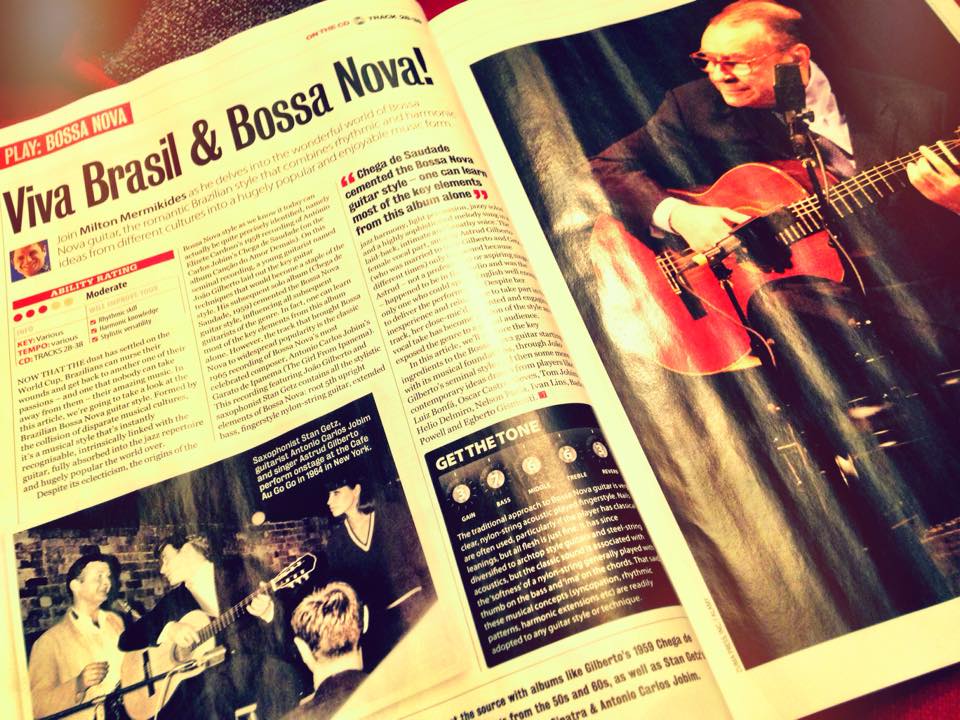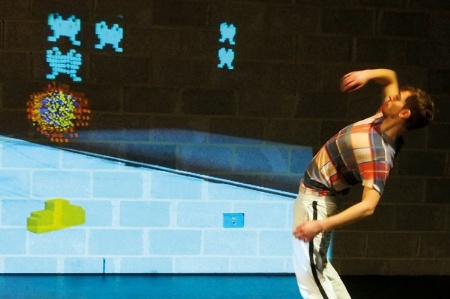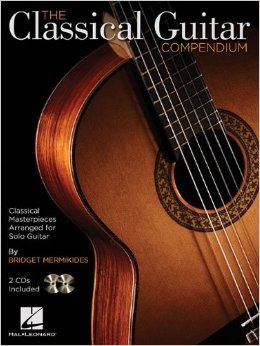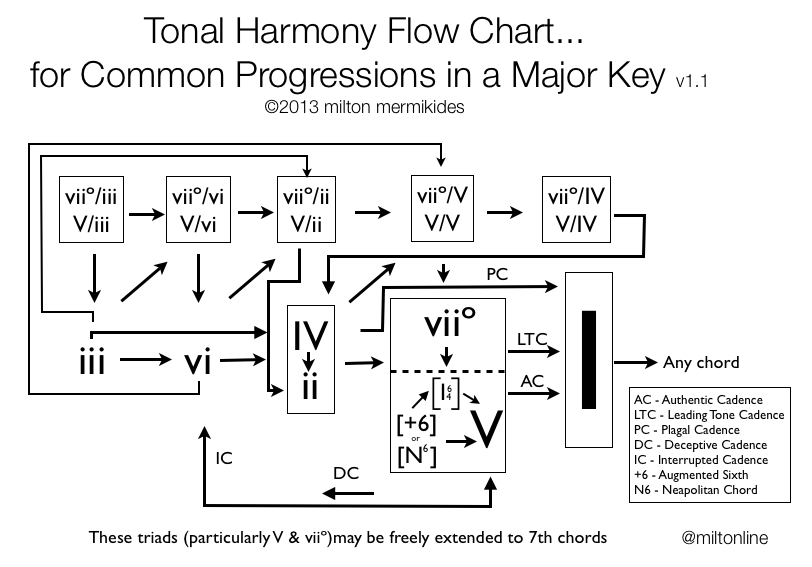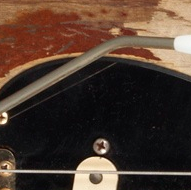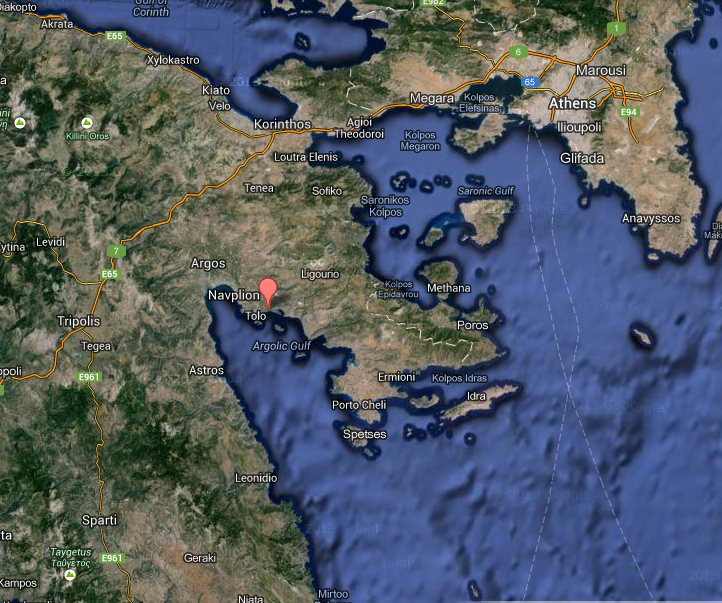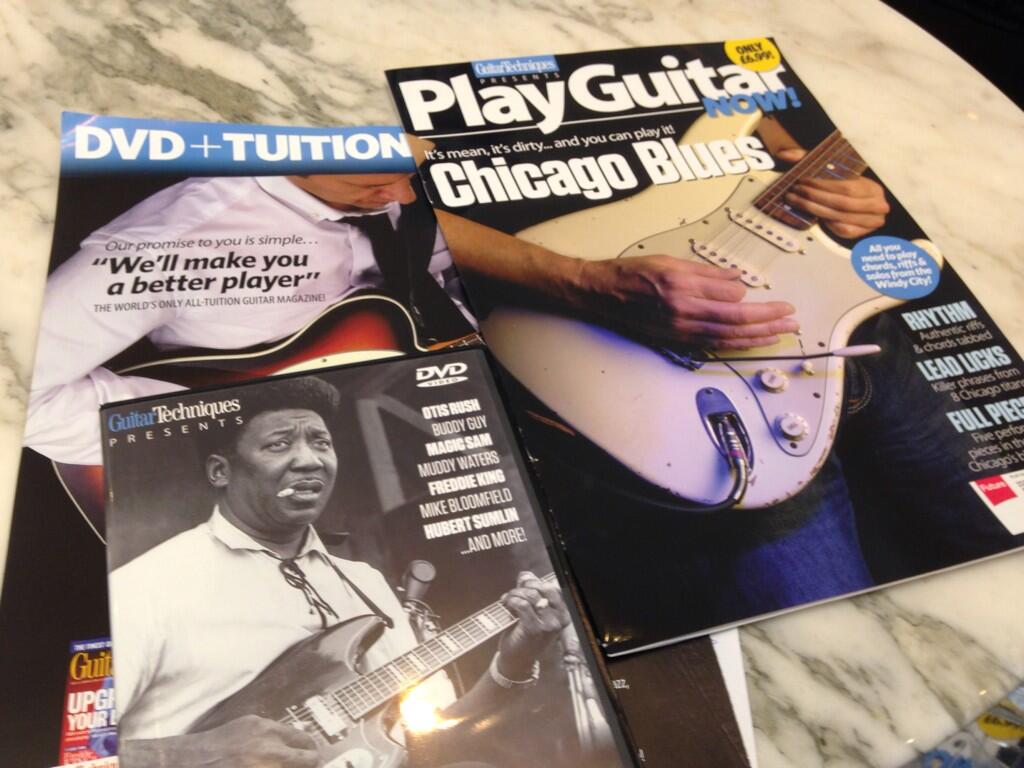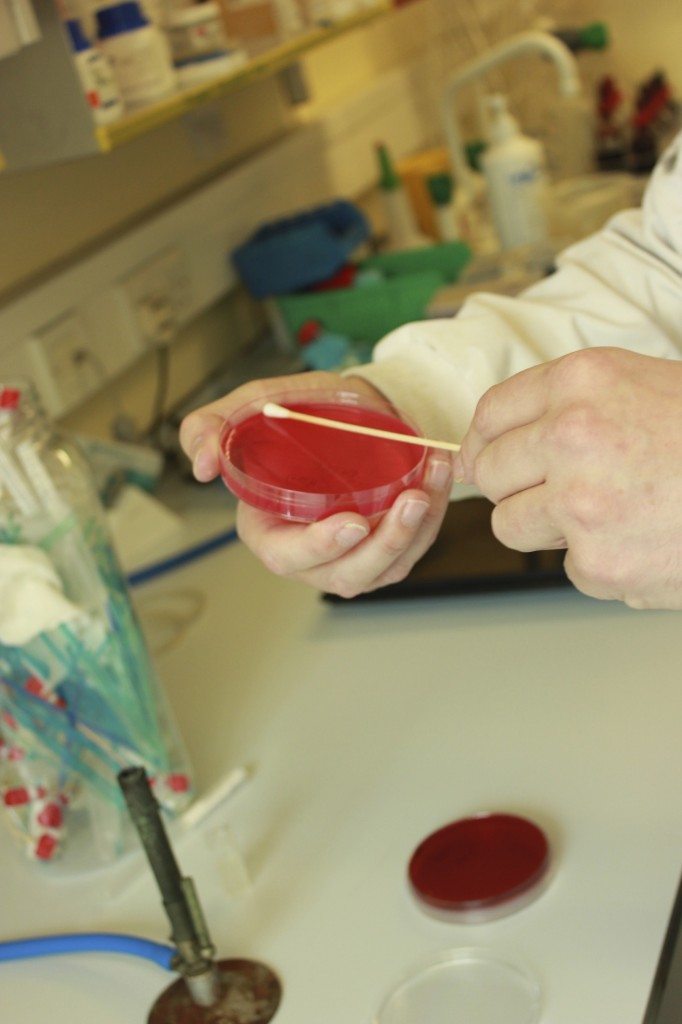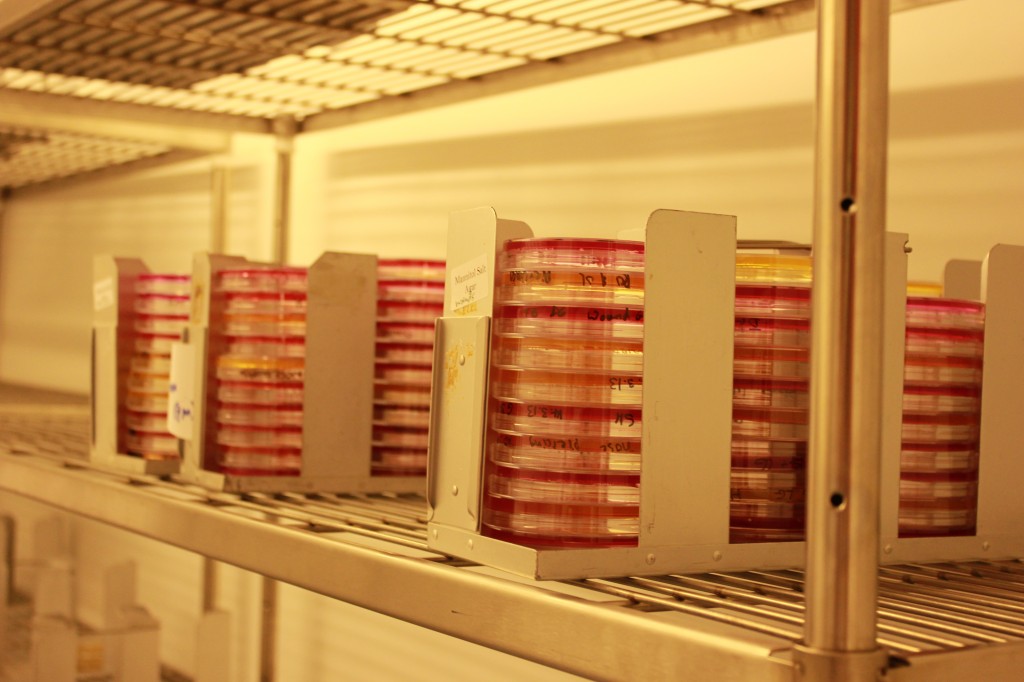Digital animator (with a PhD in Chemistry) Anna Tanczos has set my composition ‘The Escher Café’ to video for live performances. Here’s an extract with animated tessellating lizards no less.
Category: Music
Alexia Coley’s debut album is out on Jalapeño records. It was a pleasure to play geetar on the record and even more of a pleasure to gig the material. Alexia’s music is infectious and a joy to play, and her voice gives me the bumps of many geese.
Here’s a sneak preview:
Purchase:
CD
Jalapeno (GET FREE MP3s): http://bit.ly/1qQENIp
Amazon: http://amzn.to/1sakHKx
Juno: http://bit.ly/1n9e9JP
Digital Download
iTunes: http://bit.ly/1DmPt5C
Juno Download: http://bit.ly/1saf2Em
Beatport: http://btprt.dj/1uQ9lM8
Bossa Nova!
Here’s details of a public seminar on Wednesday 29th October 4pm, TB06, University of Surrey.
4.00pm, Wednesday 29th October, TB06 FREE admission More Info

Dr Milton Mermikides (Surrey)
Musical Continua: Perception and Technology
Digital music technology has now fulfilled Varèse’s dream of “instruments obedient to […] thought”, Russolo’s call to “conquer the infinite variety of noise-sounds” and Busoni’s desire to “draw a little nearer to infinitude”. However, the staggering developments in music technology over the last 20 years has brought with it a less predictable outcome, the ability to better understand the mechanics of music itself, and to illuminate some of the mysteries of its expressive power. Through a survey of recent research projects, this seminar examines how our understanding of musical expression in pitch, rhythm and timbre can be enhanced with technological support, furthering analytical insight, artistic appreciation and creative practice.

No 4 in a series of Guitar Instructional DVDs is out now! Available in many newsagents worldwide, or the interamawebs here
What’s in it (besides from a nice new shirt and guitar(s)? In the words of Future Publishing –
- Theoretical: You will gain knowledge of scales and how to use them to make music
- Practical: This will help you gain the technique and skills you will need to create solos
- Style and Creativity: Listening to and adapting the playing of great guitarists is a brilliant way to begin developing your own vocabulary.
Here’s the theoretical section of my PhD Changes Over Time (2010)
Changes Over Time:Theory – Milton Mermikides by Milton Mermikides
And the practice portion:
Changes Over Time Practice Milton Mermikides by Milton Mermikides
March 2014 saw the launch of the International Guitar Research Centre, a major asset to guitar research world wide. It’s great to be involved among such eminent guitar practitioners and theorists. From the IGRC:
“The research centre will work in close affiliation with various partner institutions including the IGF (International Guitar Foundation, King’s Place, London), the IGRA (International Guitar Research Archive, CSUN, Los Angeles, California) and the University of São Paulo (Brazil). The launch was a two-day event on 29th and 30th March 2014 that included academic papers, seminars, public discussions, lecture-recitals and concerts. Guest artists included John Williams, Xuefei Yang, Newton Faulkner, The Amadeus Guitar Duo, Bridget Mermikides, Declan Zapala and Michael Partington.”
A nice promo vid is viewable here, which includes a fragment of my classical guitar and electronics concert with Bridget.
The fabulous Qed conference happened again this year, to much acclaim. Very happy to work on the intro video again. (Here’s 2013‘s offering). This time Paul Zenon revealed his superstitions. Many of these are particularly inside jokes in the skeptic community, but I hope others are entertained. Fingers crossed.
Bridget and I will be performing at 1.30pm Sunday March 30th (University of Surrey) at the launch of the International Guitar Research Centre (IGRC) run by Steve Goss and me. We’ll be performing 7 new works for classical guitar and electronics. Not the usual guitar rep. Tickets are £2 for students and £10 for the rest of us. Would be lovely to have some friends (of ours and new music) there.
http://www.surrey.ac.uk/arts/music/events/bridget_mermikides.htm

Bloodlines installation in London this Thursday 27 February, 7pm
Fabrica Vitae Website Launch | Thursday 27 February,7pm:

The Times Higher Education have run a well-written feature on the Bloodlines project.
Transplant inspires siblings’ Bloodlines project | News | Times Higher Education.

Delighted to learn that the film version of Bloodlines will be featured in the Fabrica Vitae touring exhibition.
Fabrica Vitae is inspired by Andreas Vesalius (1514-1564) and explores art and anatomy through the work of contemporary artists, scientists and thinkers. It will feature work from artists and scientists who are working together to re-imagine and extend the understanding of the human body.
More details will be available after Feb. 27th on www.fabrica-vitae.com.
The first Fabrica Vitae exhibition will take place in Zakynthos, Greece in May 2014.
Dr. Simon Park (my serial bio-art collaborator (like this) and creator of the amazing exploring the invisible site along with sound guru Professor Tony Myatt and I, have been exploring the interaction of sound/music and the Pyrocystis fusiformis bioluminescent algae. As you do. Here’s a sneaky pilot.
Maximally Even Library
UPDATE- Since the publication of Brad Osborn’s Kid Algebra (2014), I’m going to switch to his category of Euclidean rhythms (in their 4 types) to describe the patterns below. In summary, Euclidean rhythms (ER) are rhythms in which k onsets in n divisions are as similar as possible, which essentially means that they will only differ by at most one subdivision each. So in ER the groups are as similar as possible, but the term maximally even we will reserve for ER rhythms where the smaller note groups are as separated as much as possible. For example, (2,2,3,3) and (2,3,2,3) are both ER, but only the latter is maximally even.
This is a library of all the maximally even (including strictly even) rhythms for 2-7 rhythmic onsets within 6,8,12 and 16 beat cycles.
Maximal evenness (M.E.) describes a rhythm which is as evenly spread out as possible given both a number or events (rhythmic onsets), and a number of available slots (beats). Strict evenness (marked with a º) is a subset of M.E. and occurs when the hits are equally spaced. M.E. rhythms are intrinsic to much music making in a wide range of cultures from Sub-saharan Africa, South America to EDM and much in between.
The parenthesised number shows the number of displacements (or ‘rotations’) available for the rhythm in the beat-cycle, and allows for starting on rests. When the number of rotations equals the number of beats in the cycle this is marked with an * and represents maximally independence (MI – a common trait of African timelines and clave patterns). Note that 5,6 and 7 in 12 also represents maximally even pentatonic, hexatonic and heptatonic scale sets e.g. 3,3,2,2,2 represents all the modes of the major pentatonic as well as a 5 in 12 set of ME rhythms. As another example 2,2,1,2,2,1,2 (a rotation of 2,2,2,1,2,2,1) represents both the African standard time-line and the Mixolydian mode. Enjoy.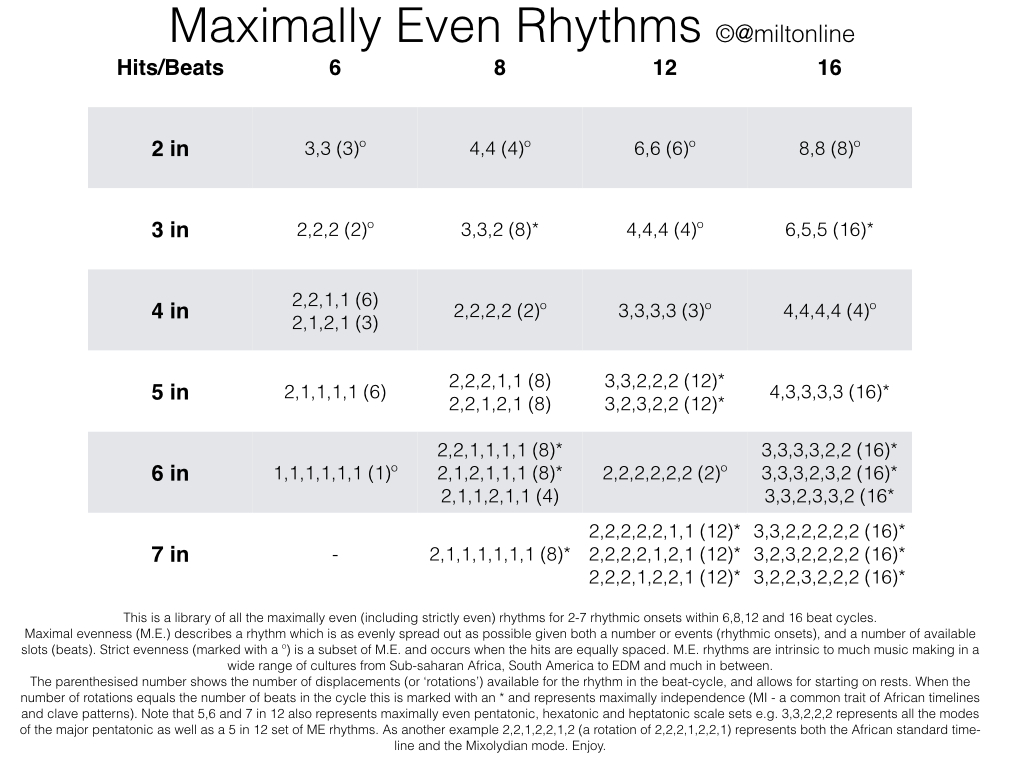
Bridget’s book The Classical Guitar Compendium (Hal Leonard 2013) is now available on Amazon and Amazon UK
It’s a huge 160-page book of original (and beautiful) arrangements, with 2 CDs of Bridget playing the pieces.
The book launch at London Guitar Studio, with Craig Ogden, Gary Ryan and Amanda Cook playing a selection of the arrangements was too much fun to express in WordPress.
Announcing a 2-day symposium (November 15-16 2013 at University of Notre Dame in Central London) examining the process, philosophy and products of collaborations between scientists, musicians and performing artists. It’s hosted and organised by me and my sister Dr. Alex Mermikides, and is an output of the Chimera Network – and AHRC-supported project promoting Art/Sci research.
Presentation and paper proposals
Book a place
I have been thinking about ‘nutshell’ images for a range of musical concepts. Here’s a work in progress on common progressions in a major key in 17-19th century tonal harmony. Yes caveat, WIP etc, but it seems quite useful. Comments and suggestions welcome! Minor key next, please don’t let me turn them into 3D models for mode mixtures and modulations.
Well I must be doing something right – or probably not enough wrong – as the good people of Future have asked me to yet another DVD this Winter.
It’s due for release in early 2014. Topic is under wraps but this little image should give you a mighty big clue. Rather excited about this one.
Bloodlines is a performance that traces the microscopic drama that plays out between a serious disease and medical treatment in the human body. It draws on its makers’ personal experience of Acute Lymphoblastic Leukaemia (which I developed in 2004) and its treatment through intensive chemotherapy, radiotherapy and a bone marrow transplant (donated by his sister Alex Mermikides, who is directing the performance). Also collaborating in the performance is Ann Van de Velde, a clinical haematologist involved in the care and treatment of blood disorders such as Leukaemia, and Anna Tanczos, a digital artist specialising in science communication.
‘…is the human body a soul-less, self-less object at the mercy of automatic internal processes…or is it a precious vessel containing a unique individual…?’
Sian Ede Art & Science. London and New York: Taurus Books, 2010. p.145
Bloodlines premiered at the Dana Centre on 18 July 2013. Future performances will be announced on the Events page.
Here’s a bootleg from the first performance.
Bloodlines is a Chimera Network project
For more background on the project see Bloodlinesproject.com
On the 14th October 2013, I’ll be joining the eminent musician and fellow Wodehouse character Peter Gregson at the Luton Music Club to max out on Minimalism. Details to follow, but on the programme is Terry Riley’s seminal work In C in all its heterophonic and generative gorgeousness.
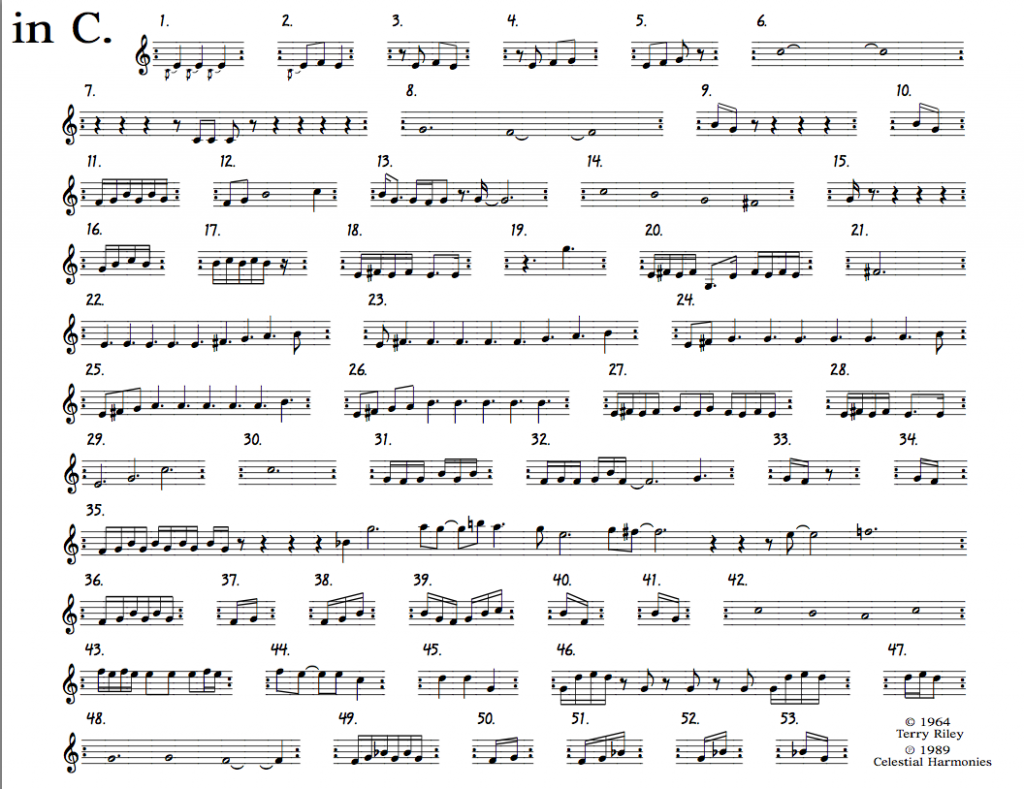
Rather than play it (on my guitar) traditionally with the ensemble, I thought it fun (and more interesting) to use Ableton Live (and Push) to rebuild it so it ran generatively. I’ve done a very simple version which adopt most of the instructions, any errors kindly forgive me and my future generations.
Here’s a screenshot of the resultant tapestry:
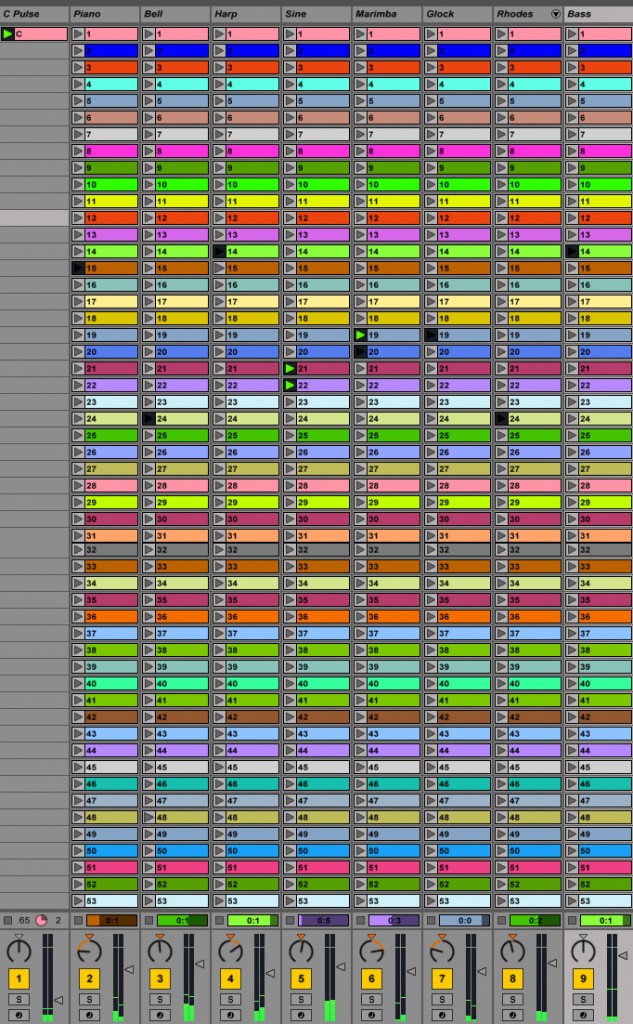
And here’s the WIP for your to download in the spirit of musical democracy.
Hit scene 1 and they’ll tumble through, I’ve weighted the follow actions to have on average more repeats on shorter phrases which makes sense musically. You can intervene, urging on any stragglers and holding back any clips forging too far ahead. Actually I may need to consult a statistician as the deviation in fall rates seems (in my fallible intuition) to suggest something’s a bit skewy with the randomising process. But oh well, the variation in performances is intriguing (I’m on listen number 6 and still very happy). You can of course ride volumes, edit instruments and send out effects to your ears’ content. You can always set clip 53 to – rather than stop – return to clip 1 so the piece lasts forever, with clips lapping each other – adding another dimension to the work. If Follow Actions in Live were more sophisticated or I had time to render in Max the clips could behave more intelligently by grouping together, dropping out and changing velocity more responsively as per score instructions, but it actually works quite beautifully as is, which is a testament to the power of Riley’s concept.
Incidentally if you’d like to tweak the ‘fall rate’ – and hence the resulting approximate duration – change this number on the clips (you can select multiple), but remember that you may want longer clips with lower numbers. Again I wish there was more sophistication with follow actions, which would also allow the pulse to stop after all other clips are finished, but I await Ableton Live 10 11 17
Thanks to user Jeepee on the Ableton forum, whose patch I discovered when googling this idea, I’ve kept many of Jeepee’s clips as I like how he/she played them, but am also thinking of doing it PROPERLY in Max and crowdsourcing midi and audio clips from the interwebs when the Earth slows and there’s enough hours in the day for such mischief.
For those sensible people not in to Ableton or this sort of thing, you can hear a rendered version from this patch here:
(If that doesn’t buffer or you are a suffering iPad browser) -> In C Live
I have a little place in Greece, on a lesser known corner of the Peloponnese, on a little beach with a derelict and rarely visited acropolis from which the islands of Ψιλι, Πλατεια and (just about) Σπετσεσ are visible.
It’s a magical (and for me painfully nostalgic) place where even when we eventually installed a phone (1996), modem (2006) and wi-fi (2013) seems eerily frozen (well baked) in time. This part of the world is home to some odd creatures: deafening cicada, scorpions, flying fish, swordfish and a plant with fruit that explode on the lightest touch.
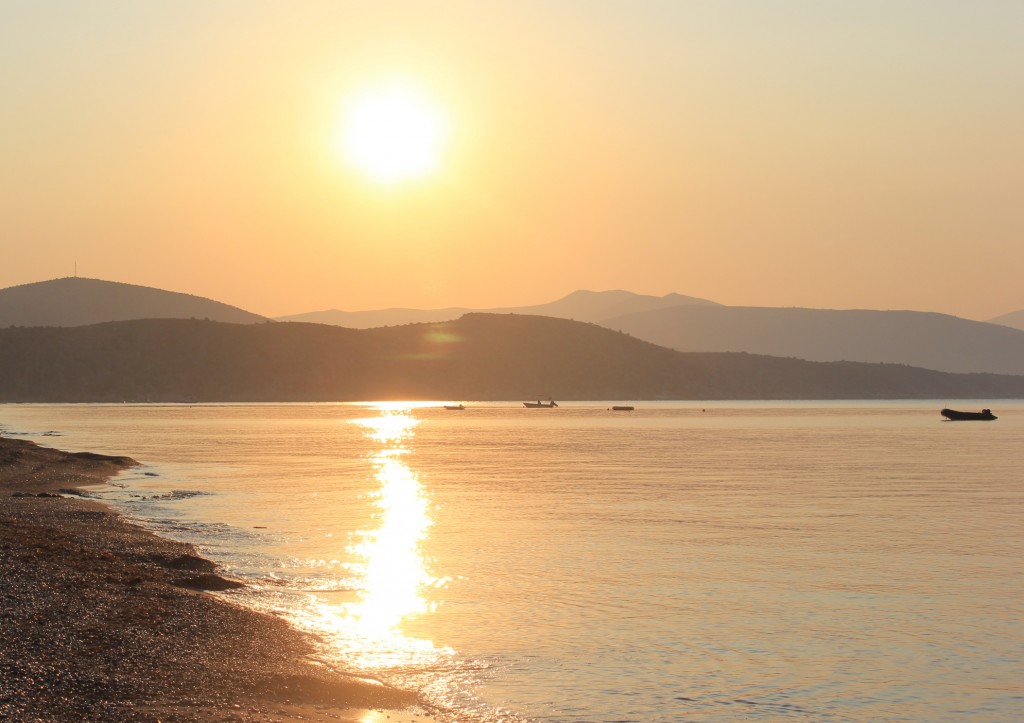
One such unusual animal I have yet to (knowingly) see but I’ve been fasciated by its sound for years. It’s some kind of bird that emits a short tweet at intervals so regular that we use it as a metronome. (It sounds particularly good on beat 4 & in a bossa).
Here’s an unedited audio sample recorded on Tuesday, 7 July 2009 19:32
(non-flash) Metrobird
Notice how (separated by an unmeasured pause) there is a decent metronomic tempo established. Logic Pro X’s transient detector and beat mapping tools reveal that once a pulse is established it tends to stay within a couple of bpm. I’ve played with far worse time-keepers of the human species. Here are the numbers:

To get a feel for it, listen to the same unedited clip with a click track.
(non-flash) Metrobird with Click
Not bad at all. Here’s how it sounds (again completely unedited) in the context of a percussion groove.
(non-flash) Metrobird Groove
Does anyone know what type of bird it is, an what evolutionary pressures gave it such tight timing?
My instructional DVD on Chicago Blues is now available in newsagents and online. The early Chicago Blues players – hugely influential on Hendrix, Clapton and the rest – are incredibly important in shaping much of what is now standard practice in all contemporary electric guitar playing. Researching these players was hugely instructive and I worked hard to distill and communicate some of these powerful elements on the DVD. And I have new guitarists in my pantheon of inspiring players Jimmy Dawkins and Magic Sam
 Total Guitar Issue 243 includes an article by me and the eminent microbiologist Dr. Simon Park (with whom I collaborated on the Microcosmos project and does many other beautiful things). Here we took a rather nasty set of strings from the Future Publishing offices and endeavoured to discover what constituted the invisible audience to our noodlings. Get it at all good newsagents. Wash your hands before and after.
Total Guitar Issue 243 includes an article by me and the eminent microbiologist Dr. Simon Park (with whom I collaborated on the Microcosmos project and does many other beautiful things). Here we took a rather nasty set of strings from the Future Publishing offices and endeavoured to discover what constituted the invisible audience to our noodlings. Get it at all good newsagents. Wash your hands before and after.
Live lecture/performance of BloodLines at the Dana Centre, Science Museum. Thursday July 18th, 7-9pm.
Bloodlines
To book:
Call 020 7942 4040 or e-mail tickets@danacentre.org.uk
The Dana Centre and d.café are licensed premises open only to those aged 18 or over. Most events are free. Arrive early to enjoy a wide variety of delicious food and drink in our air-conditioned d.café.
Please pre-book.

Thursday
18 July 2013
19:00 – 21:00
Diagnosed with Leukaemia, John was given hours to live – but survived thanks to a bone marrow donation. How can ethically sourced stem cells save lives? Experience an immersive and exploratory performance created by a survivor and his donor.
John’s disease, Acute Lymphoblastic Leukaemia, is ‘a deadly disease for which the best available therapy is only applicable to a fraction of patients and is itself potentially lethal’ (Dr Adele K. Fielding, Haematologist UCL). That therapy – a transplant of blood stem cells – is both potentially lethal and life saving. It is also miraculous, mysterious and slightly macabre.
Bloodlines conveys the science and the experience of this last chance treatment in a performance featuring a haematologist, a musical score created from blood cell counts, kaleidoscopic visual effects and dance. Join us in the Dana Cafe after the performance for a discussion with the makers: learn more about stem cells and becoming a donor and about this collaboration between artists and medical scientists.
Bloodlines Team:
Alex Mermikides: stem cell donor and direction
Milton Mermikides: leukaemia survivor and music
Ann Van de Velde: haematologist and performer
Anna Tanczos: videoscape
Adam Kirkham: dance
Bex Law: dramaturgy
More details about Bloodlines can be found here. This event is supported by the Arts and Humanities Research Council.
Here’s a short educational video explaining some fundamental concepts of maths and tuning. Nice production by frequent collaborator Anna Tanczos of Sci-Comm Studios.

